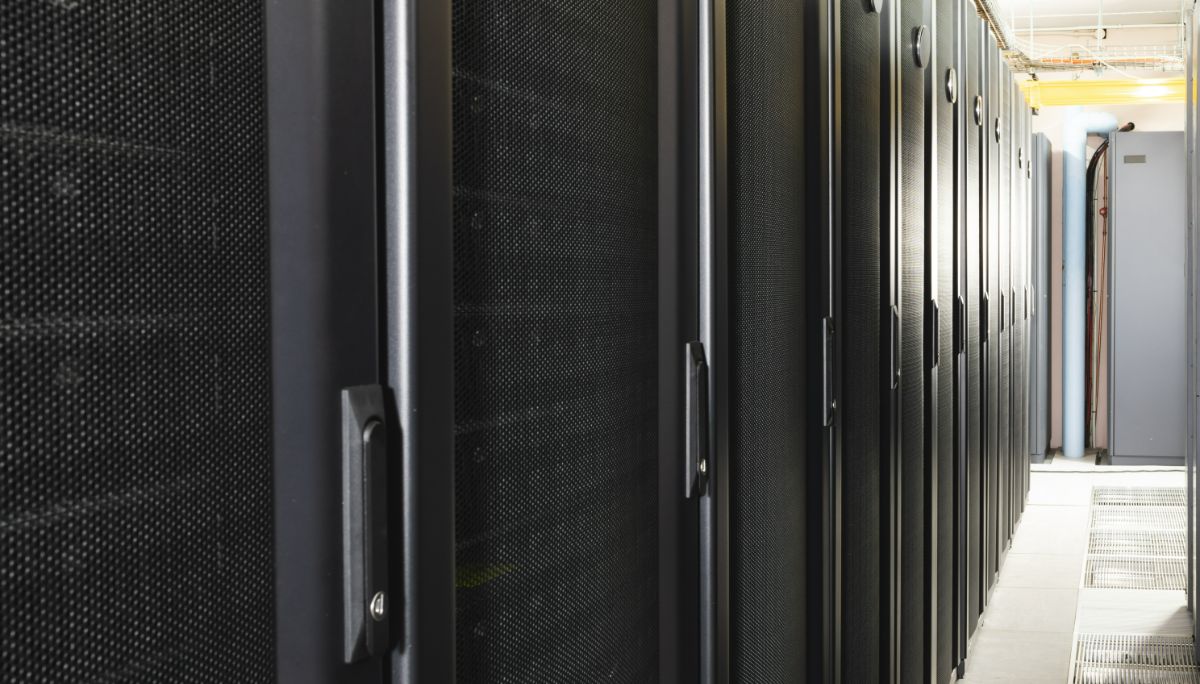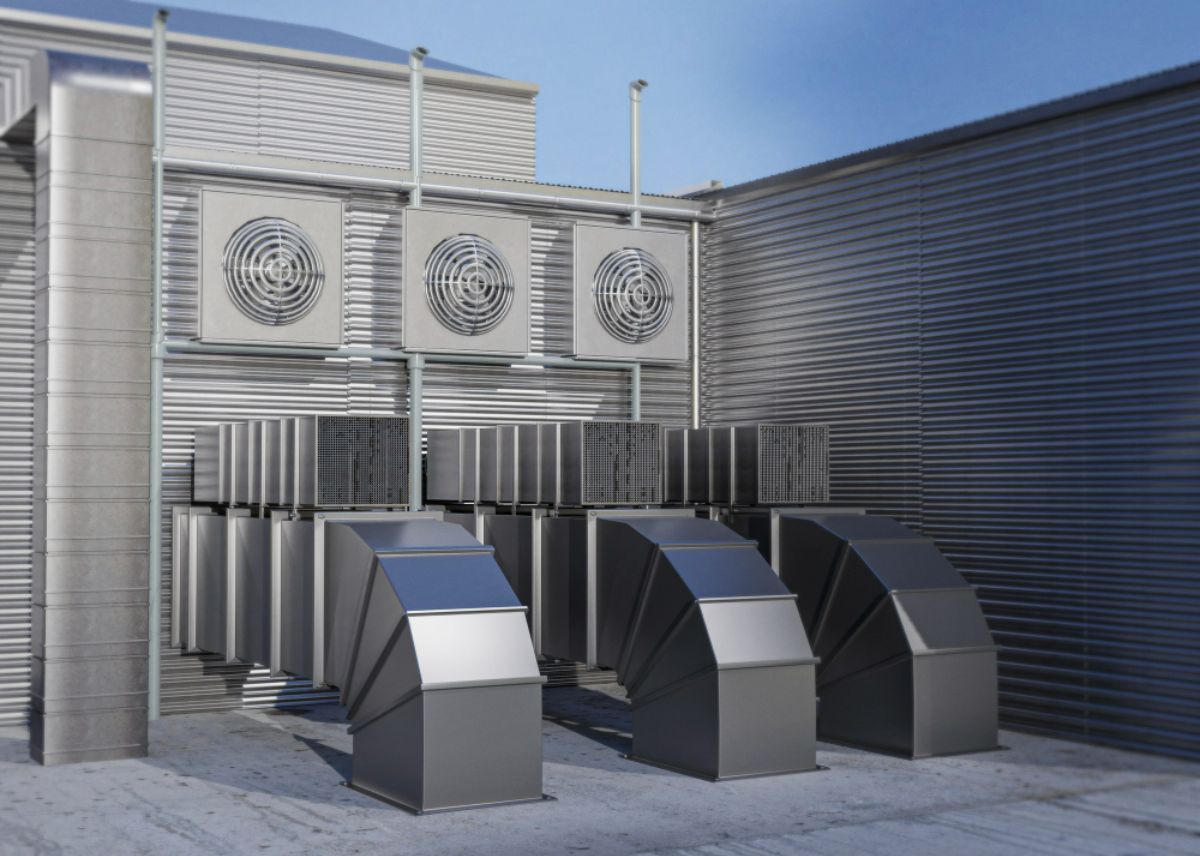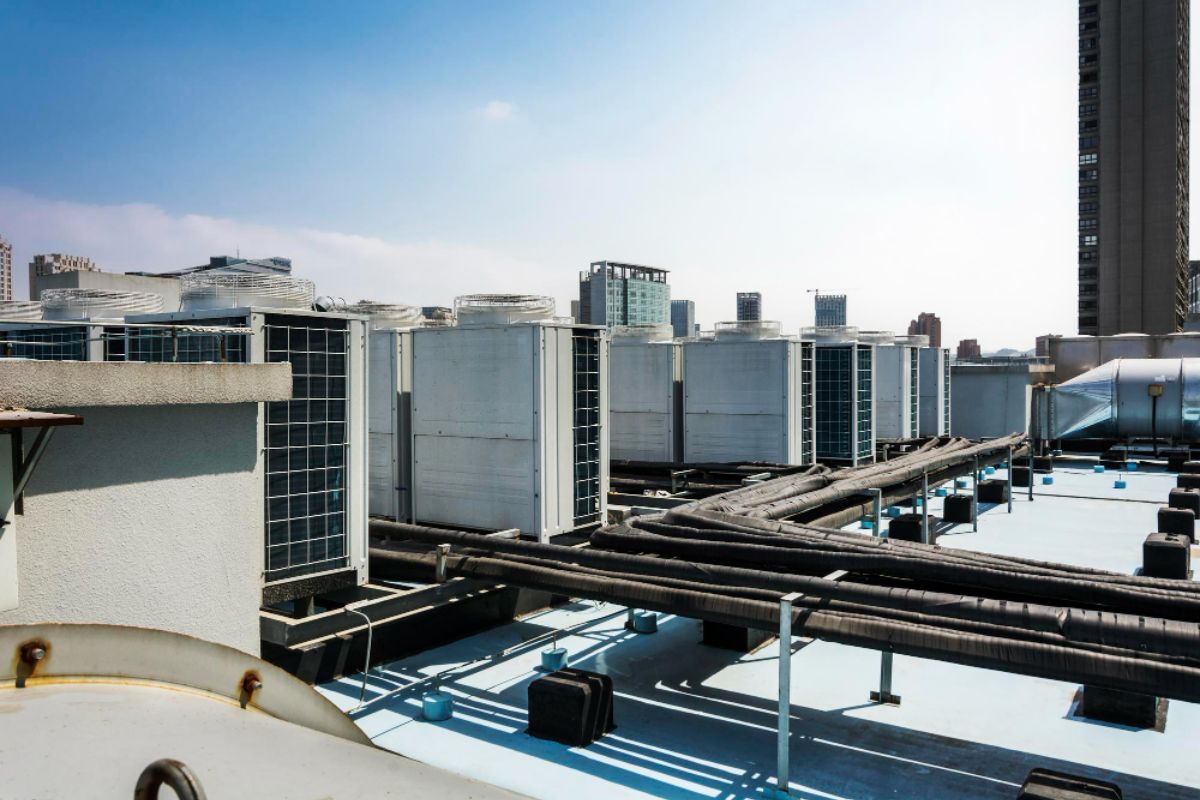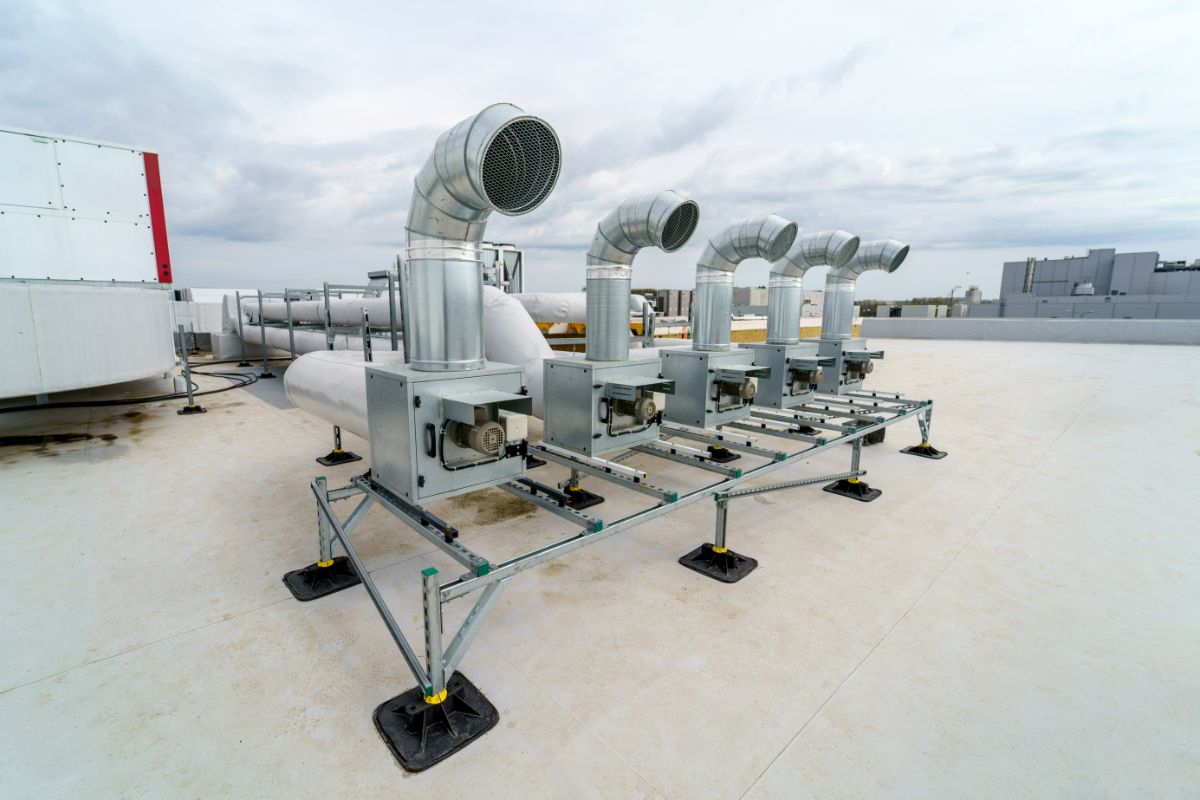What are the emerging data center cooling technologies and trends today?
- Liquid cooling solutions
- Smart air conditioning systems
- Precision air conditioning
- Airflow management
- AI-powered cooling
Overview
This blog delves into the evolving world of data center cooling technologies, exploring liquid cooling solutions, smart air conditioning systems, precision air conditioning, airflow management, and AI-powered cooling, delivering dynamic cooling optimization for improved data center performance and reduced energy consumption.
Air conditioning systems play a critical role in supporting data centers that power businesses and organizations across various industries. As the demand for data storage and processing continues to grow exponentially, ensuring efficient and reliable data center cooling becomes increasingly crucial.
This blog explores the latest data center cooling technologies and trends, aiming to provide an overview of the strategies and innovations driving optimal cooling solutions in today’s data center environments. Read on to learn more.
Liquid Cooling Solutions
The data center industry is shifting towards liquid cooling technologies, replacing traditional air cooling methods. It is a method of cooling electronic components, such as servers and high-performance computing devices, by using a liquid coolant to dissipate heat. It utilizes a liquid medium to absorb and carry away the heat generated by electronic components.
Liquid cooling solutions come in two primary variants: direct-to-chip and immersion cooling, each offering distinct operational approaches.
In immersion cooling, the liquid coolant comes into direct contact with the electronic components of servers. This reduces sensitivity to external temperature fluctuations and enhances protection against humidity and pollutants. Moreover, it eliminates the need for cooling fans.
Conversely, direct-to-chip cooling involves precisely directing the liquid coolant to the hottest regions of servers using a cold plate situated on a chip within the server. While it minimizes reliance on conventional air-cooling infrastructure, fans remain essential to facilitate proper airflow.
Smart Air Conditioning Systems

Smart air conditioning systems are advanced cooling solutions designed for sustainable and energy-efficient operation. Equipped with specialized sensors, these systems can identify hotspots within the data center where temperatures may be elevated. Once detected, they automatically adjust the cooling levels in these areas to lower temperatures and maintain consistency.
By focusing cooling efforts on specific locations, smart air conditioning systems prevent overheating in targeted spots and optimize energy consumption. This targeted approach enhances overall cooling efficiency, leading to cost savings and improved data center performance.
Precision Air Conditioning
Precision air conditioning systems in data centers operate with the accuracy of highly precise air conditioners, providing meticulous control over temperature levels. Engineered to deliver cooling with exceptional precision, these systems maintain temperature and humidity within narrow and stable ranges.
By preventing abrupt temperature fluctuations, precision air conditioning safeguards the equipment from potential harm. Leveraging this technology, data centers can ensure their machines remain cool and operate optimally while achieving energy efficiency. The precision and reliability of these systems make them essential components in maintaining the performance and longevity of data center infrastructure.
Airflow Management

Airflow management in data centers involves strategic control over air movement to optimize cooling and maintain proper temperature conditions for IT equipment. It is a critical aspect of data center design and operation, ensuring efficient cooling and optimal equipment performance.
An emerging trend in airflow management is the implementation of Hot and Cold Aisle Containment. This technique segregates hot and cold airflows using physical barriers or enclosures, such as hot aisle containment (HAC), cold aisle containment (CAC), and overhead or vertical containment systems. By preventing air mixing and minimizing hot air recirculation, this approach significantly improves cooling efficiency and overall data center performance. Proper airflow management is essential for achieving energy efficiency, reducing cooling costs, and maximizing the lifespan of data center equipment.
AI-Powered Cooling
AI-powered cooling is revolutionizing data centers by introducing advanced capabilities that optimize cooling efficiency, reduce energy consumption, and enhance overall performance. Here are two key ways AI-powered cooling benefits data centers:
Real-time Monitoring and Predictive Analytics
Utilizing AI, systems continuously monitor and analyze data from various sensors within the data center. They detect subtle changes in temperature and cooling patterns, enabling early identification of potential cooling issues and predicting future cooling demands. This proactive approach helps prevent hotspots and equipment failures, minimizing downtime and maximizing system reliability.
Dynamic Cooling Optimization
AI algorithms dynamically adjust cooling parameters based on real-time data, considering factors such as server workload, ambient temperature, and humidity. This optimization ensures precise cooling, efficiently delivering cooling to areas that need it most, while conserving resources in other areas. The result is optimal cooling efficiency and a data center that operates at peak performance levels. AI-powered cooling represents the cutting-edge future of data center cooling, with its ability to intelligently manage and optimize cooling operations for optimal results.
Key Takeaway
Data center cooling technologies and trends are transforming the landscape of IT infrastructure management. As the demand for higher computing power intensifies, traditional cooling methods are proving insufficient. By embracing these advancements, data centers can achieve optimal cooling efficiency, reduce energy consumption, and ensure the smooth and sustainable operation of critical IT equipment.
F.R. Sevilla is your trusted provider of reliable air conditioning solutions specifically designed for data centers. We are committed to delivering exceptional products, services, and maintenance to meet your unique needs. If you have any inquiries, please don’t hesitate to contact us here. Our dedicated team is ready to collaborate with you as your long-term partner for all your business’s air conditioning requirements.
RECENT POSTS

Factors Impacting the Lifespan of a Commercial HVAC Unit
What are the factors that impact the lifespan of a commercial HVAC unit? Installation quality Maintenance history Qualit
Read More

6 Signs Your Commercial HVAC Needs Repair
What are the signs your commercial HVAC needs repair? Unusual noise Inconsistent temperatures High energy bill Poor air
Read More

Basic Guide to Commercial HVAC Maintenance
Overview Regular HVAC maintenance is crucial for sustaining optimal system performance and extending equipment lifespan.
Read More